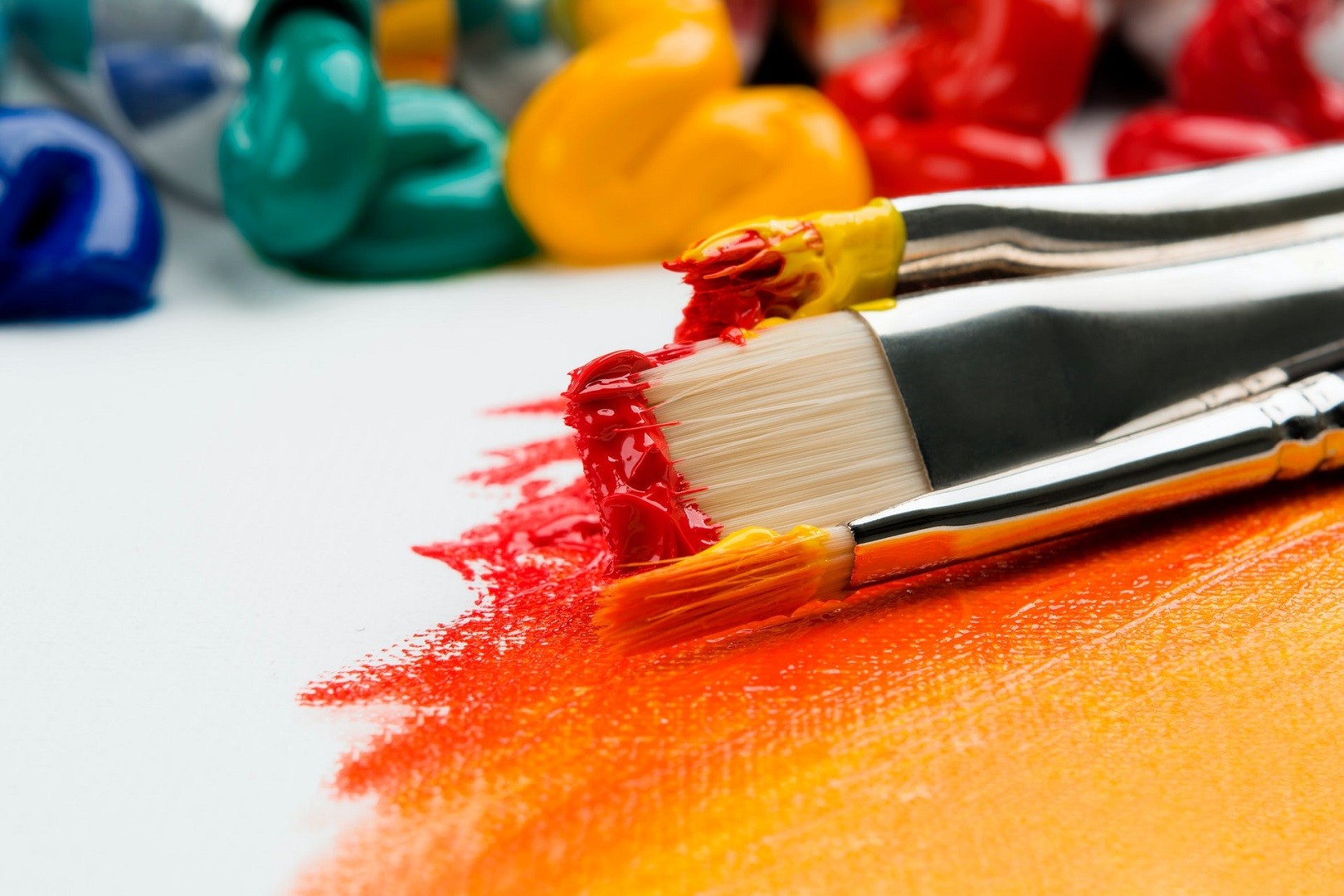
Art therapy is a growing field that aims to treat a wide range of psychological problems, including anorexia nervosa. This coincides with renewed interest in non surgical and non medical treatments, which are perceived to have too many side effects.
What is Anorexia Nervosa?
Anorexia nervosa is a serious eating disorder, where sufferers deprive themselves of food to achieve a desired body weight. This is initially reflected in a constant need to diet, which becomes a more serious aversion to food and eating. Anorexia is most associated with adolescent females, but can affect older individuals as well as males. Adult anorexia is a recently recorded phenomenon where people carry over their eating disorder into adulthood, often with fatal consequences. The causes of anorexia are diverse, with no single identifiable basis. There is however an increased risk during the impressionable teenage years, with peer pressure and a disrupted family background all thought to play a part. The condition can have serious impacts on a sufferer’s health, with cardiac and bone health affected. Diagnosis is often made by a doctor, who will typically call on the services of psychologists, counsellors and nutritionists; amongst others – depending on the severity of the case.
Anorexia Symptoms
Some of the more common, observable symptoms of anorexia nervosa include:
- Dramatic weight loss
- Aversion to food and eating
- Obsessive exercising
- Fear of weight gain
- Depression
- Loss of appetite
- Constipation
- Distorted body image
- Cessation of menstrual periods in females
Art Therapy for Anorexia Nervosa
Art therapy is a form of therapy that utilises art activities as its primary tool, with the theory that participation will allow patients to express themselves freely and move toward recovery. A wide range of emotional conditions can be managed, including anxiety, depression, trauma, illness and disability; amongst others.
Art therapy provides an anorexia sufferer an occasion to socialise in a group situation, which is positive in that it eases their sense of social isolation – one of the main obstacles of the condition. Art therapists typically come from a background in educational or psychology. An initial consultation will be followed by regular sessions where a range of art forms, including drawing, painting, photography and sculpture will be used.
Find out about other natural treatments for anorexia nervosa.
Originally published on Aug 30, 2010








